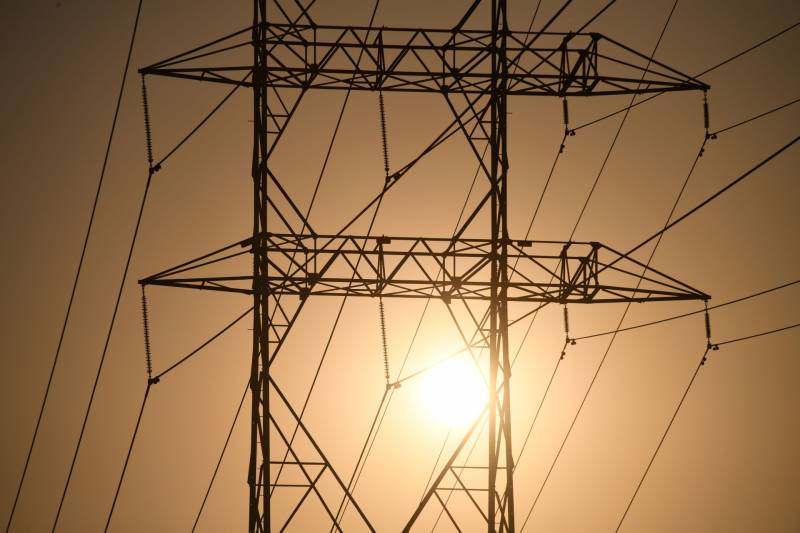Updated July 11, 1:30 p.m.
Southern Oregon’s Bootleg Fire has grown to more than 143,000 acres as of Sunday morning, doubling in size from Saturday, when California energy officials warned it was encroaching on power transmission lines to the state.
Still, officials breathed a sigh of relief Sunday as flex alert warnings asking the public to conserve energy were successful. Those energy demands grew in the face of the wildfire, which blocked access to 5,500 megawatts of power, and as rising heat threatened to tax the state’s energy reserves.
The California Independent System Operator, which oversees the transmission of bulk electricity in the state, said there would be no flex alert on Sunday. Grid conditions were expected to be “stable” Sunday, California ISO said in a tweet.
“CA, you did it! Your efforts helped keep the grid stable,” the agency wrote on Twitter.

